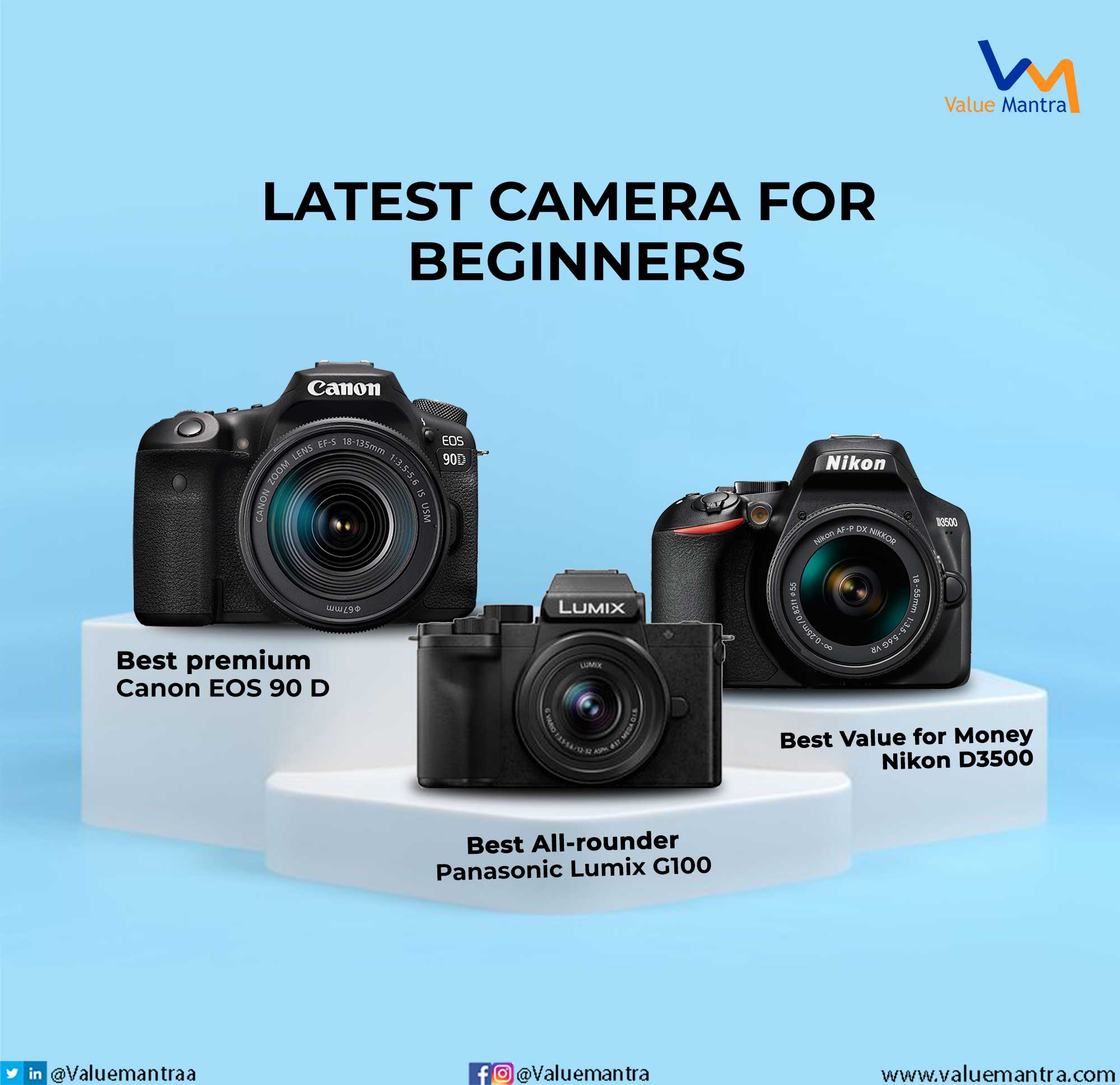Market is flooded with number of cameras for beginners with appealing options. It is easy to choose home security cameras on the other hand, it is very difficult for the beginner to chose one among thousands. You need to consider many factors performance, features, portability, and price.
You are surely going to buy one camera, right? Why not check out every factor before buying? To make you 100% sure before buying, we have categorized the best cameras available in the market.
Before buying product in this category, let’s understand what users like about them & what they dislike? Since these insights are based on user reviews & at the same time blessed with insights from experts, we hope it is going to help you in making your purchase decision quick & better. Here we are capturing products at different price points, so that you can purchase same as per your budget.
Factors to consider before buying camera for beginners:
Image Processing and Megapixels
Image processor is responsible of many things while you capture shots like image sharpening, noise management, color combination, etc. Image processing is also responsible for number of images you can shoot in single shot. High image processing suggests that camera can focus instantly, shoot in an instant, and save fast.
Megapixel determines the quality of an image. In simpler words, high megapixel means you can enlarge image digitally without making it blur. Frankly speaking no one needs huge pictures now days. Most of the content is consumed online so it near about 9MP to 12 MP are more than enough for beginners.
Note that sales person sale cameras on the basis of high megapixels. But high megapixels do not mean clearer pictures. In fact, other factors like sensors, shutter speed matters more for clarity.
Lenses
Lenses are the heart of camera, if lenses are good even simple camera can capture breathtaking pictures. So, choose lenses carefully and use them with extra care as dust is its enemy.
Lenses are of three types as follows:
Prime Lenses
For capturing sharp details prime lens are the ideal. It blurs the whole background and captures every small detail of the product or thing.
Prime lenses have fixed focal length and higher aperture values.
Wide Lenses
Wide lenses have variable focal length starting from 24mm. Wide lenses capture little curved images. These lenses are ideal for shooting historic places, architectures, and landscapes.
Zoom angle Lenses
For the amateurs, travelers, and wild photographers it is an ideal lens. As it can capture images for distance with wide angle. In these lenses, aperture is variable and it varies as you zoom.
Sensor Size
Sensors in the camera are responsible for capturing the light. So, higher the sensor size, better is its capturing ability. For digital cameras there are two types of sensors: Full Frame and APS-C. Full frame sensors are mostly used in high end cameras and APS-C sensors are found in the cameras for beginners.
Battery Life
No one wants to charge their devices frequently in a day, right? Camera with a high battery life doesn’t disturb you from pursuing your passion.
In the case of digital cameras, battery life is determined by the number of shots per charge. Higher the shots per charge, better is the battery life.
ISO Range
ISO range is the ability of camera to capture image in low light. With increasing ISO range you can brighten image and vice-versa. Yet, it is not always affordable to increase ISO range, it will show more grain on image. Increase ISO only when you can’t brighten image with aperture or shutter speed.
ISO refers to the sensitivity of camera with which sensor can gain signals. ISO is also responsible for exposure control of digital camera.
Warranty
Warranty is the period during which you can avail any internal fault of the product. More the warranty of any product, better is its quality.
Note that, it does not include physical damage.
Price
Setting budget before buying makes purchasing easier. What is the point in looking cameras that does not fit in your budget range?
Cameras with different price tags are available across the market. To avoid confusion and saving time, set your budget and then select camera.
One piece of advice for beginners – as a beginner you should focus on improving your skills instead of expensive and highly featured cameras. It is not necessary for beginner to invest so much in cameras.
Top 7 products we are considering here:
Nikon D3500
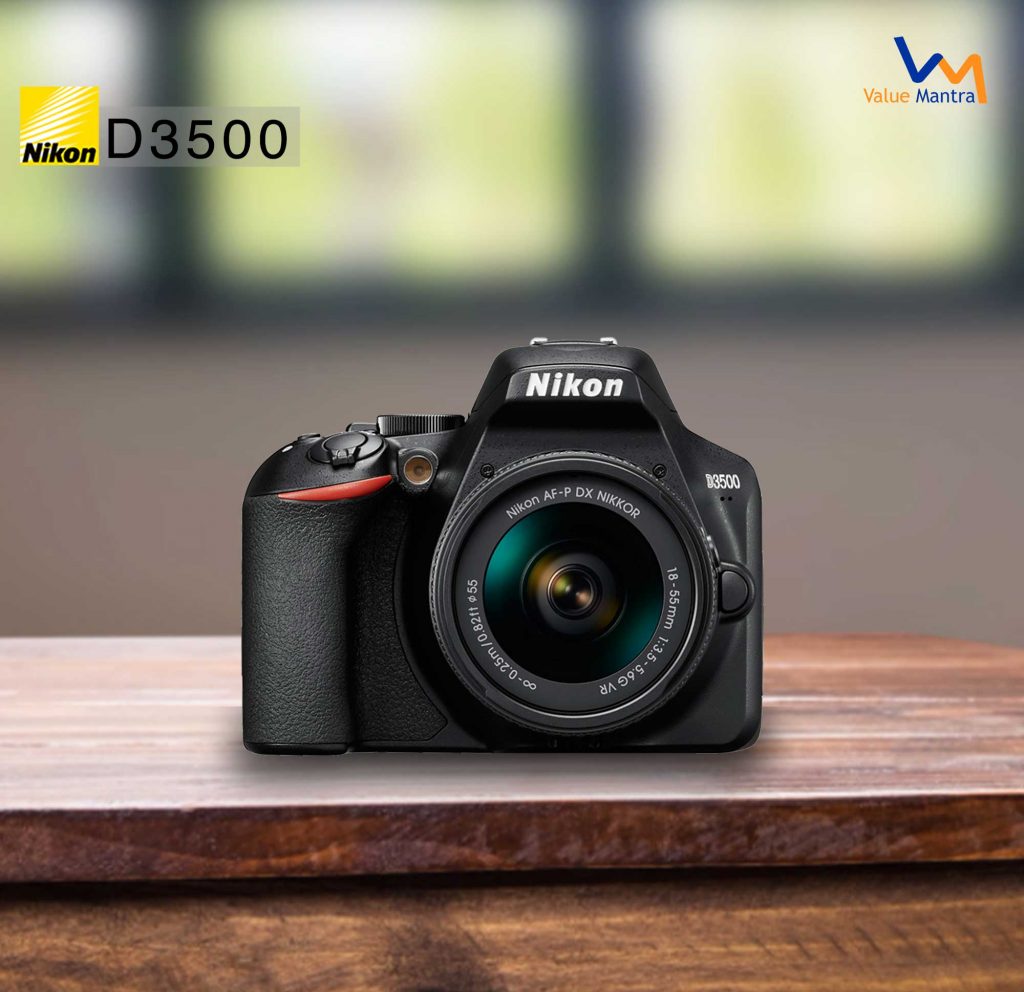
Fujifilm X-S10
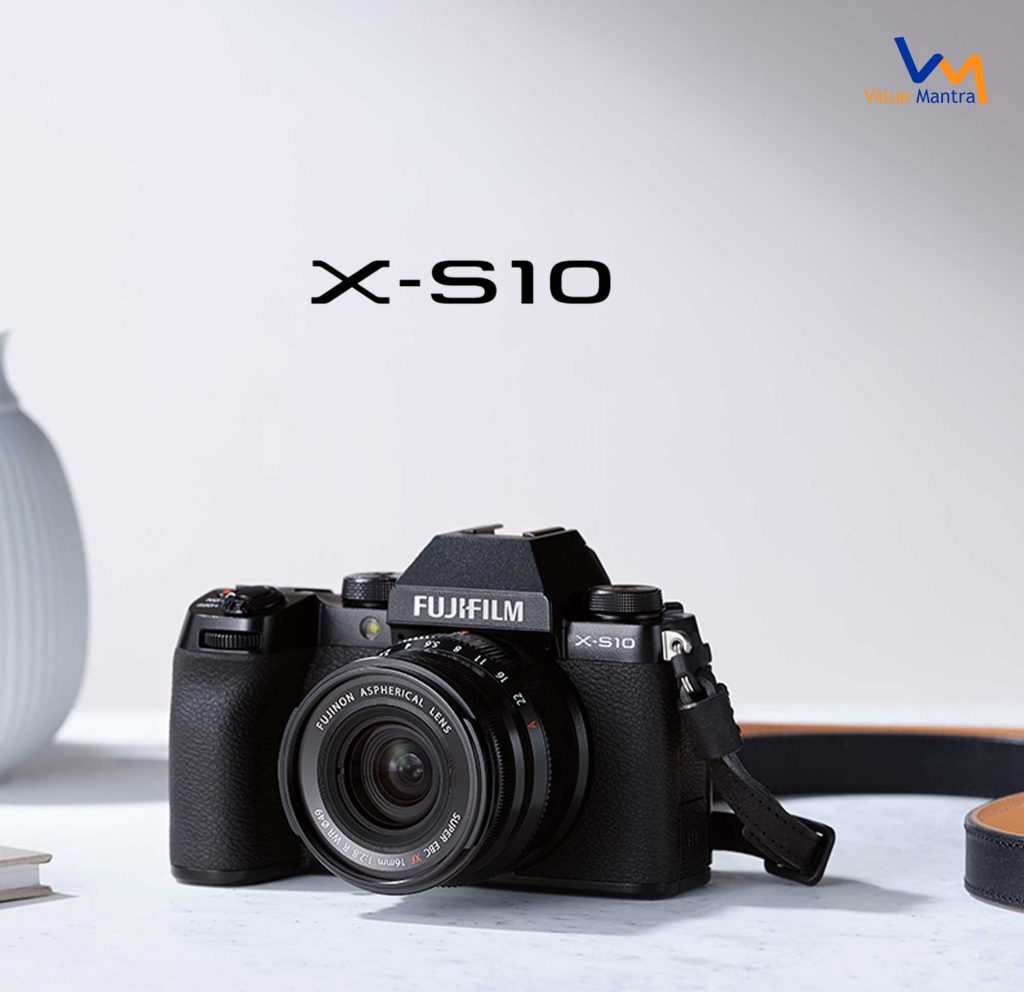
Canon EOS 90 D
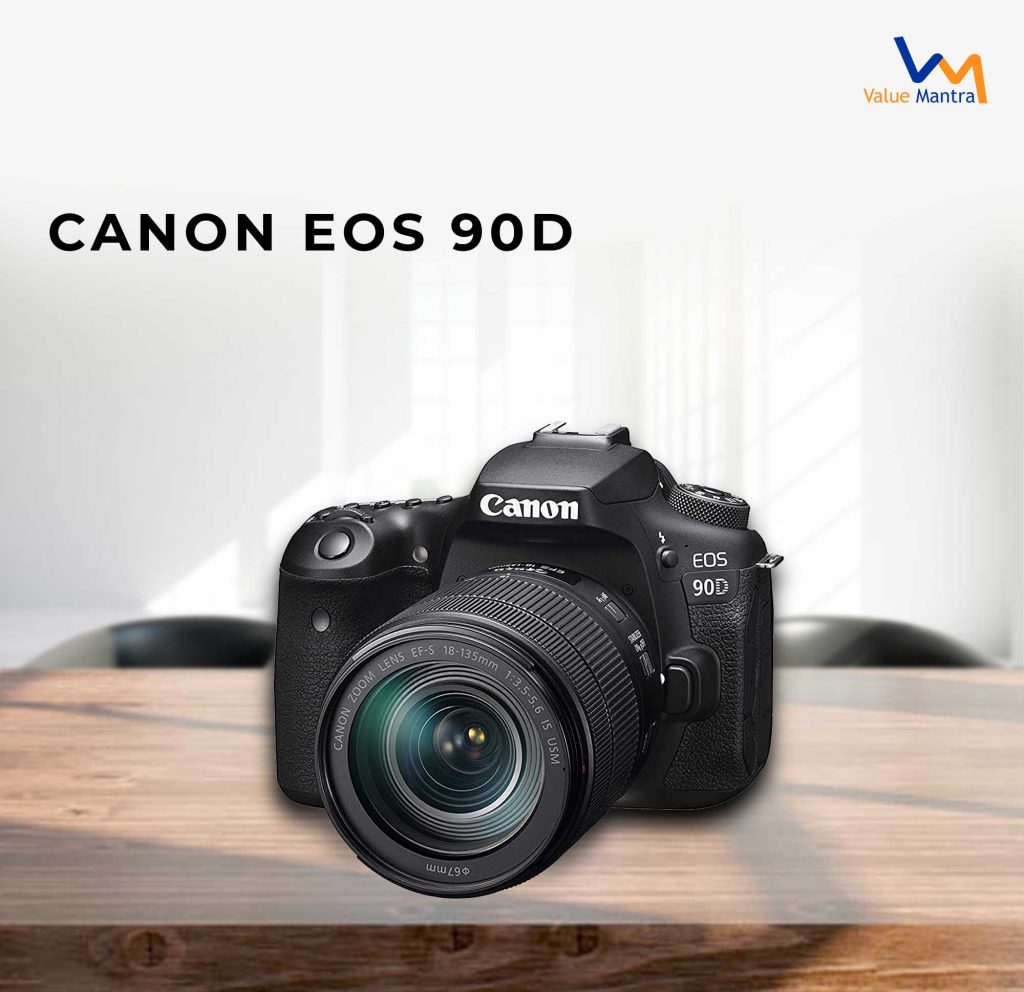
Canon EOS Rebel SL3/250D
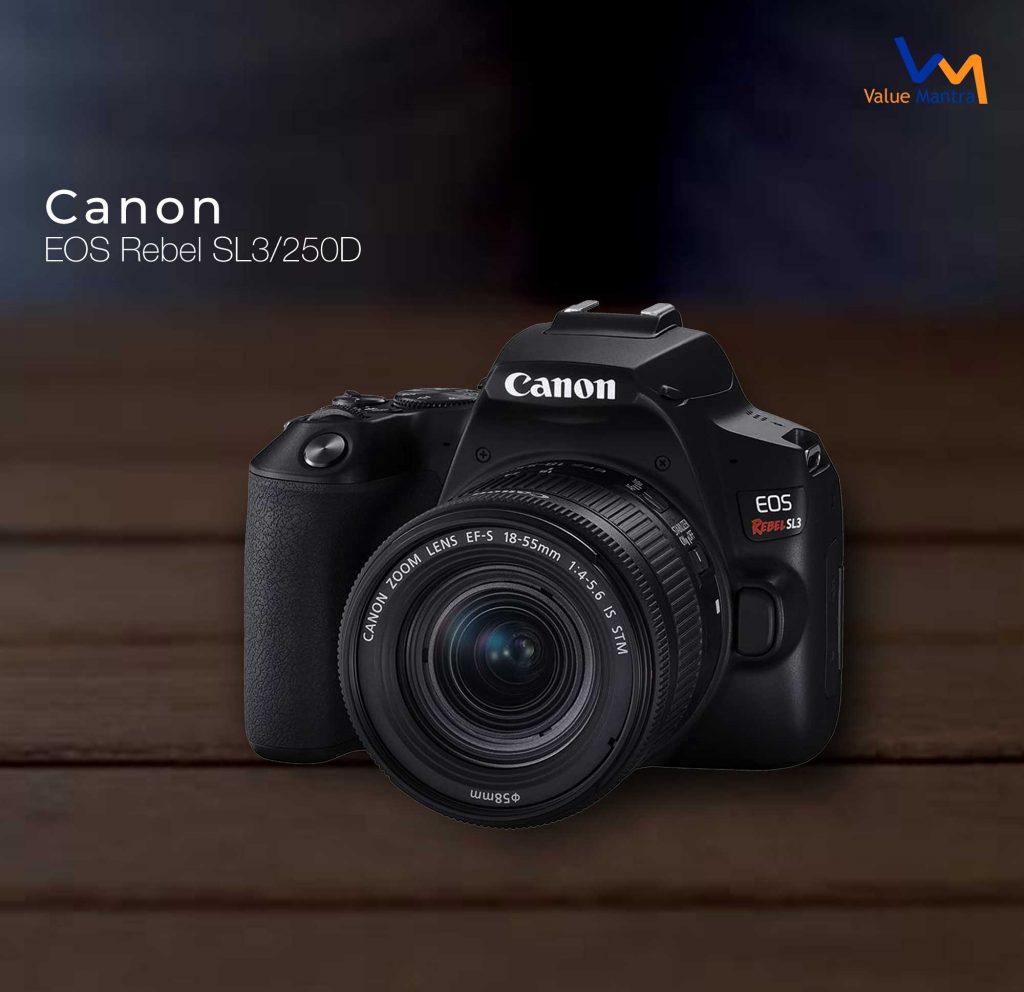
Panasonic Lumix G100
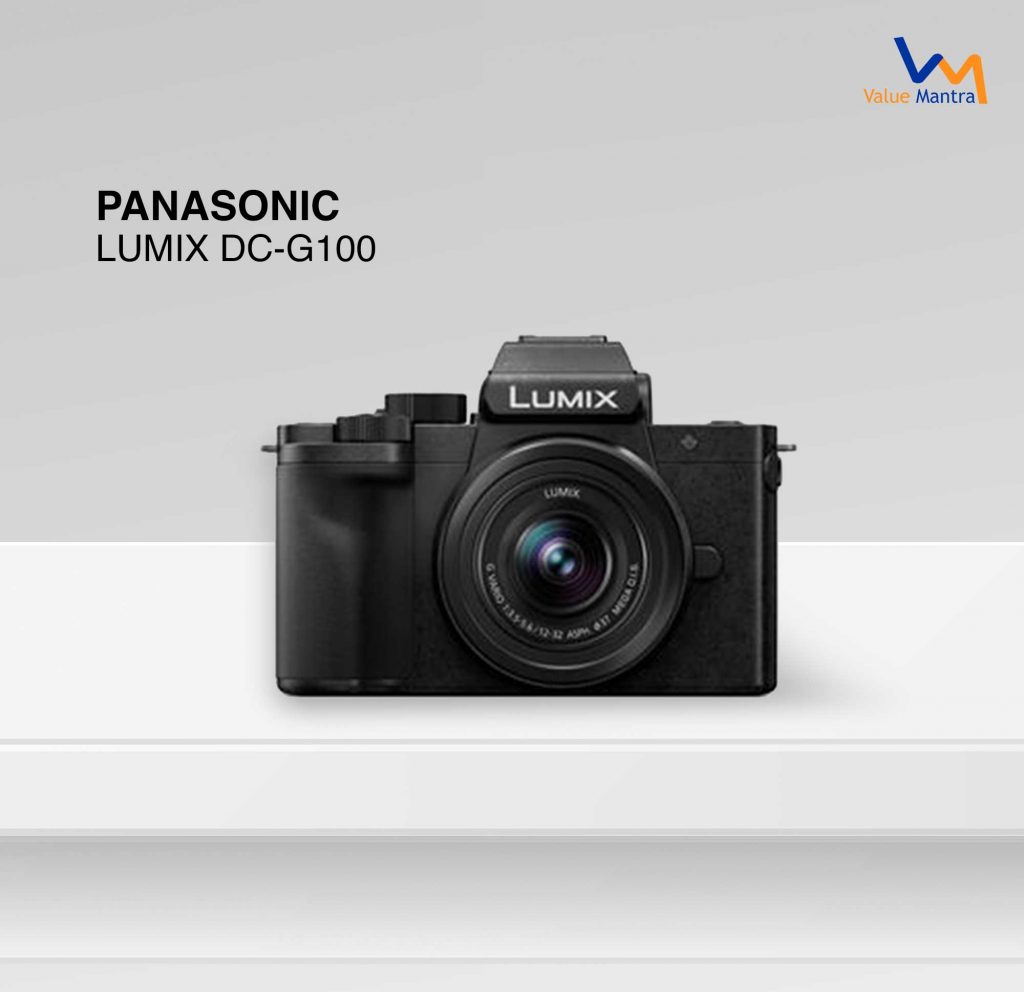
Nikon Z 50
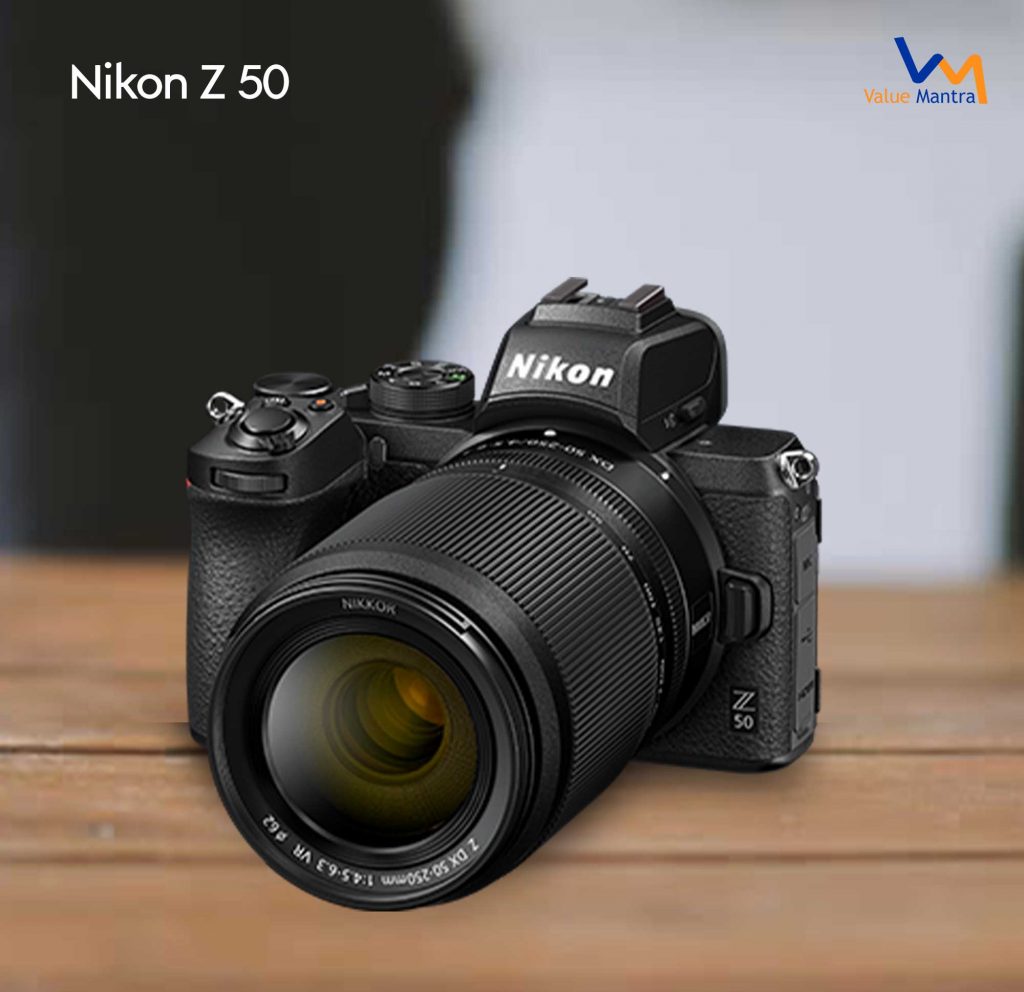
Sony A6000
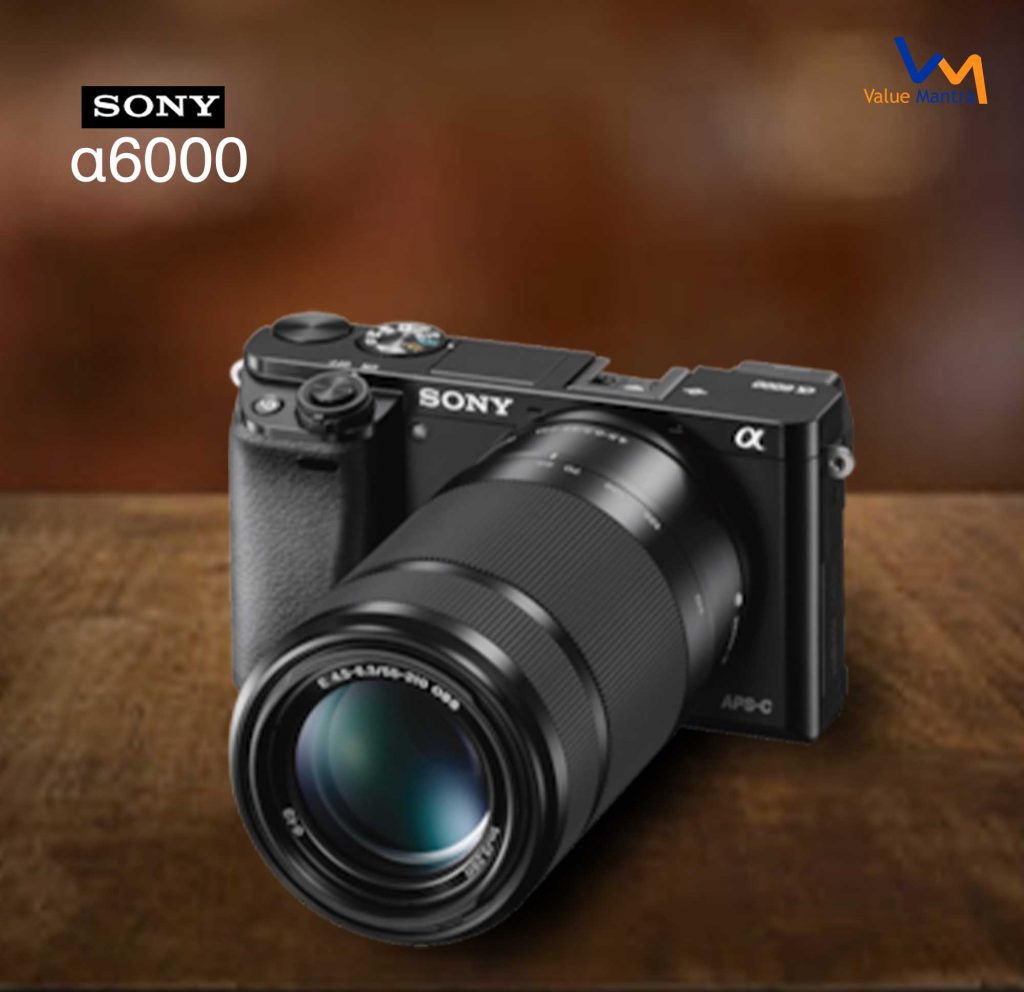
How they are performing on respective factors
Image processor
Nikon D3500
Image processing is at a speed of 5 FPS. It has 11 autofocus points. You can capture back-to-back 5 frames per second with crystal clear clarity and full HD resolution.
People, especially beginners are happy with the image processing it does.
Fujifilm X-S10
Image processing is at a speed of 30FPS burst shooting with crop and 20FPS without. That means you can capture 20 pictures in a row in one second. Imagine, how fast is its processing.
As per the users, no camera can beat the Fujifilm X-S10 image processor.
Canon EOS 90 D
The image processor has a speed of 10 FPS i.e. you can click 10 frames per second. In addition to it, video recording has a processor speed of 120FPS at full HD 1080P resolution.
Canon EOS Rebel SL3/250D
The image processor of Canon EOS Rebel SL3/250D helps to capture sharp and detailed pictures virtually in any lighting situation.
Powerful, the DIGIC 8 Image Processor ensures that your photos and videos look sharp and lifelike with minimal noise or grain.
Panasonic Lumix G100
The Panasonic Lumix G100 is powered by a Venus Engine image processor. Its image processing is mediocre. It can capture 4-5 frames per second so it is not advisable to buy this product if you love to capture it in a moment. It takes some time to capture an image, processes it, and then save it.
Nikon Z 50
Nikon Z 50 has an EXPEED 6 image processor, which enables the fast performance of up to 11 fps. That means you can capture 11 frames per second.
For video shooters, UHD 4K is supported up to 30 fps. Additionally, it has Full HD recording at up to 120 fps for slow-motion playback.
Overall processing is the best and effective.
Sony A6000
Missing the moment is never an affordable deal! the α6000 of Sony A6000 captures 11fps frames per second in continuous shooting mode with AF (Auto Focus) tracking. So, overall image processing is super fast and clear.
Lenses
Nikon D3500
The package includes two lenses. One of them is the AF-P DX NIKKOR 18-55mm f/3.5-5.6G VR designed for landscapes, portraits, and video shooting. Another one is AF-P DX NIKKOR 70-300mm f/4.5-6.3G ED known as a zoom lens specially designed for shooting sports, live concerts, nature’s miracles, and much more.
Fujifilm X-S10
As per users, Fujifilm X-S10 is extremely versatile. As you can combine around 30 different lenses and capture what you want.
Commonly used lenses are XC, XF, and MK lenses.
Canon EOS 90 D
Canon EOD 90 D camera is well known for its versatility. As every kind of lens can be fitted with it.
Oftentimes, photographers use Canon EF-S 18-135mm f/3.5-5.6 IS USM lens, EF-S 18-55mm f/3.5-5.6 IS STM lens, etc.
Canon EOS Rebel SL3/250D
Canon EOS Rebel SL3/250D comes with the lens named as-S18-55mm f/4-5.6 IS STM kit. This optical device is equipped with an optical viewfinder with 9 point – AF-System that helps to focus very sharply in an instant.
Panasonic Lumix G100
Panasonic Lumix G100 camera is offered with the compact, stabilized 12-32mm F3.5-5.6 lens.
An optical viewfinder system helps to focus instantly. It has an autofocus feature that is quite impressive, it can detect eyes and face effectively even if the object is moving.
Nikon Z 50
Nikon Z 50 comes with DX 16-50mm f/3.5-6.3 VR & Z DX 50-250mm f/4.5-6.3 VR which can capture focussed images even if your hands are shaking. So, no need to worry about shaken images.
Sony A6000
This camera is well known as a versatile camera as it can adjust every kind of lenses. Namely, 55-210 mm f/4.5-6.3, E PZ 18-105 mm F4 GOSS, etc.
Sensor Size
Nikon D3500
It has an APS-C CMOS Sensor/ Sensor of Nikon D3500 is extremely sensitive and it is about 15 times powerful than usual cameras.
Users of this camera say that images are very crispy and clear.
Fujifilm X-S10
Fujifilm X-S10 has 26MP X-Trans BSI-CMOS sensor. The sensor has 26 MP size.
It also has on-sensor phase detection.
Canon EOS 90 D
Canon EOS 90 D is featuring an impressively high-resolution 32.5MP APS-C CMOS sensor. With such sensitive sensor images are extra clear. In the view of users, this improved sensor size has enhanced the quality of pictures and has been making their photography journey easier.
Canon EOS Rebel SL3/250D
Canon EOS Rebel SL3 camera features a powerful 24.1 Megapixel CMOS (APS-C) sensor. It can capture high-resolution images and beautiful 4K video.
When we asked users, they said that just buy it don’t worry about sensor quality as it is the best.
Panasonic Lumix G100
The Panasonic Lumix G100 has a 20MP Four Thirds Live CMOS sensor.
As per user experience quality of the sensor is reliable but in some cases, user reviews are negative too.
Nikon Z 50
The Nikon Z 50 is featured with a DX-format 20.9MP CMOS sensor. Specifically, this sensor provides versatile nuanced images.
Sony A6000
Capturing images and enlarging them in HD quality is now easier with the 24.3 megapixels Exmor APS HD CMOS image sensor of Sony A6000. Its sensor is offering ultimate image quality and light sensitivity.
Battery Life
Nikon D3500
With Nikon D3500 you can capture 1550 shots per charge. Battery life is more than enough for beginners.
The user experience of beginners is positive but this is not ideal for the professional ones.
Fujifilm X-S10
The battery life of this camera is not as expected. It can capture 350 shots per charge. Not an ideal choice for the pro shooters as it can turn down in few hours.
Beginner users are positive for its battery life, but pro ones are disappointed.
Canon EOS 90 D
Canon EOS 90 D contains an LP-E6N battery. This battery provides approximately 1300 shots per charge and that is quite a good number.
Canon EOS Rebel SL3/250D
With an impressive shot ability of 1070 shots per charge, Canon EOS Rebel SL3/250D is impressing photographers.
For beginners, it is the best battery life camera one can expect.
Panasonic Lumix G100
Panasonic Lumix G100 has a lithium-ion battery. It has a battery life of 1 hour and around 400-500 shots per charge are possible with this camera.
Nikon Z 50
Nikon Z 50 Includes an EN-EL25 rechargeable lithium-ion battery. You can capture approximately 300 shots per charge. Additionally, in-camera charging is supported when using the optional EH-73P charging AC adapter.
Sony A6000
The battery life of the Sony A600 is 1-15 hours. With Sony A6000 you can capture 300-325 shots per charge.
ISO Range
Nikon D3500
The ISO range of Nikon D3500 is 100-25600. In the presence of sunlight, you can keep it low and in dark times you can increase it as much you want.
User experience is average because it is very difficult to capture grain-free images with this high ISO range camera.
Fujifilm X-S10
The ISO range of Fujifilm X-S10 is about 160-12800. Surprisingly, shooting at or above 6400 doesn’t create grains. Images are quite clear and crispier even at a higher range.
As per user experience, its DR (Dynamic Range) works quite fine specifically when you select some of the features in the image quality menu.
Canon EOS 90 D
Along with enhanced sensors, Canon EOS 90 D has an ISO range of 100-25600. This improved ISO range supports photographers in the dark lights.
DR (Dynamic Range) feature of the camera is also helpful for beginners to click perfect pictures.
Canon EOS Rebel SL3/250D
Canon EOS Rebel SL3/250D has an ISO range of 100-25600 which is expandable up to 51200. Addt9AF points. Its dynamic range features magic to the picture taken in dark lights also.
Panasonic Lumix G100
Panasonic Lumix G100 has an auto ISO feature. ISO has a range of 200-25600. Additionally, you can set it 100 also for grain-free images.
Nikon Z 50
At specific values, a sensitivity range, from ISO 100-51200. It permits capturing in a broad array of lighting conditions. Additionally, ISO can be expanded up to ISO 204800 for extreme low-light conditions.
Sony A6000
With an ISO range of 100 – 25000, you can get stunning detail in low light. For additional light, there is a pop-up flash that makes the image brighter.
Warranty
Panasonic Lumix G100
Product Warranty: 3 Years
Nikon D3500
Product Warranty: 2 Years
Fujifilm X-S10
Product Warranty: 2 Years
Nikon Z 50
Product Warranty: 2 Years
Canon EOS 90 D
Product Warranty: 1 Years
Canon EOS Rebel SL3/250D
Product Warranty: 1 Year
Sony A6000
Product Warranty: 1 Year
Price
Canon EOS 90 D
Product Price: Rs.1,27,495/-
Fujifilm X-S10
Product Price: Rs.80000/-
Nikon Z 50
Product Price: Rs.66,990/-
Panasonic Lumix G100
Product Price: Rs.60490/-
Canon EOS Rebel SL3/250D
Product Price: Rs.54,000/-
Sony A6000
Product Price: Rs.45,495/-
Nikon D3500
Product Price: Rs.43,999/-
Let’s compare them side by side:
| Products/ Factors | Nikon D3500 | Fujifilm X-S10 | Canon EOS 90 D | Canon EOS Rebel SL3/250D | Panasonic Lumix G100 | Nikon Z 50 | Sony A6000 |
| Image processor | 4.5 | 4.3 | 4.6 | 4.3 | 4.4 | 4.3 | 4.4 |
| Lenses | 4.5 | 4.4 | 4.5 | 4.4 | 4.4 | 4.2 | 4.3 |
| Sensor Size | 4.4 | 4.0 | 4.3 | 4.4 | 4.3 | 4.1 | 4.2 |
| Battery life | 4.4 | 4.1 | 4.4 | 4.6 | 4.4 | 4.0 | 4.1 |
| ISO range | 4.3 | 4.2 | 4.6 | 4.7 | 4.5 | 4.1 | 4.6 |
| Warranty | 4.7 | 4.5 | 4.3 | 4.3 | 4.8 | 4.5 | 4.3 |
| Price | 4.8 | 4.3 | 4.0 | 4.5 | 4.4 | 4.5 | 4.6 |
| Overall Score (ValueMantraa) | 4.5 | 4.3 | 4.8 | 4.6 | 4.4 | 4.2 | 4.3 |
Conclusion:
Best premium – Canon EOS 90 D
Best Value for Money – Nikon D3500
Best All-rounder – Panasonic Lumix G100
Value Mantra reviews are based on multiple customer reviews and their experiences. All of the products we highlight are recommended for their quality, performance, and overall reputation regardless of any affiliate relationship. We bring forth their thoughts, ideas, and concerns so that you would understand what is best in the market. This post contains affiliate links for your convenience. We may earn a small commission for the endorsement, recommendation, and links to any products or services from this website.

